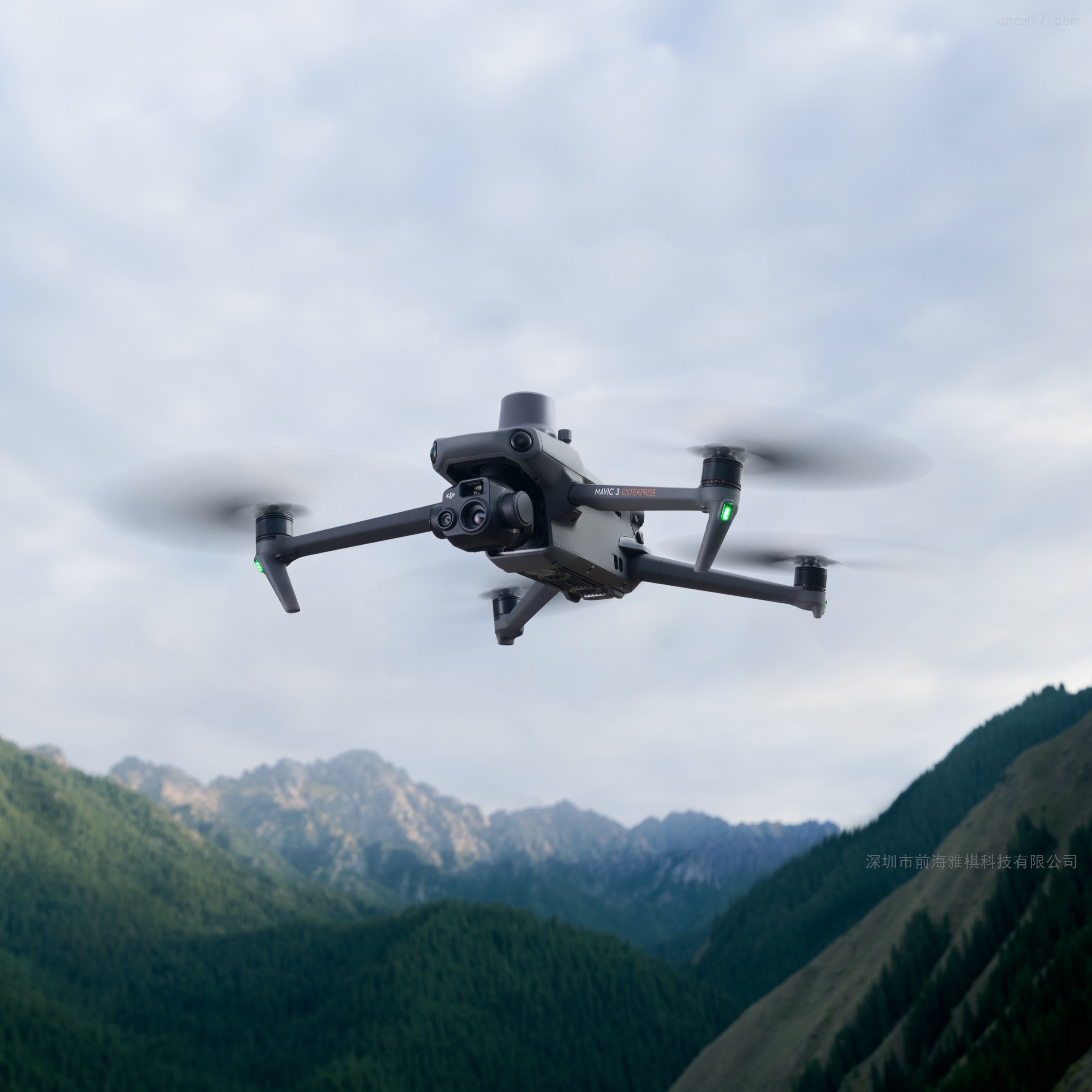 2025-08-15
2025-08-15
Let's start with the Watt steam engine in ancient times, although it is also a rotten example. . Everyone is very familiar with motor speed regulation, so at the beginning of the birth of steam engines, how should we adjust the speed? Its speed regulating device mainly depends on a pair of flying hammers. Here is a picture from the Internet. Look at the "speed regulating mechanism" on the left. If the speed of the steam engine becomes faster, the opening angle of the pair of flying hammers will become larger. According to dynamics, its inertia will become larger, which will drive the adjustment of the valve opening, thus reducing the speed, so that the speed of the steam engine can be better stabilized at a certain speed. Look at the automatic control device in ancient times. This control law is still nonlinear.
In fact, how to realize the controller is not only the analog operational amplifier circuit and the single-chip microcomputer PLC, but also many mechanical mechanisms, such as the rotten compass and the toilet. . . In fact, the early missiles were also similar to the control system of this mechanical structure. The v2 missile explicitly used a mechanical gyroscope to adjust its position and attitude, but unfortunately the detailed information is not available. Guess, it should also be that the output of the gyroscope is a mechanical rod or something that drives the tail of the missile.
When it comes to what is commonly used now, it is still the amplifier of analog circuit built by amplifier, and the digital controller is more common. Two diagrams drawn from Franklin's feedback control of dynamic systems, the amplifier implementation of lead and lag controllers.
